September 2014.
“Hello? Can you hear me? Hello?”
Serge, my Rwandan consulting team member, was trying to call our contact at Mukura Forest, the District Forestry Officer, on his cell phone. We were driving up a rough rural road through an intensively-farmed landscape, east and a bit north of Kibuye, a town on the shore of Lake Kivu where we had spent the previous night.
Mukura is a small, remnant fragment of Afromontane forest perched in the highest hills of the Albertine Rift above Lake Kivu. It’s nominally protected as a national Forest Reserve, as is its sister forest, Gishwati, to the north. Mukura Forest Reserve was established in 1951 with an area of 2,000 hectares, but has now been reduced by agricultural encroachment to about 1,200 hectares. Although Mukura Forest is now about the same size as Gishwati, it has no chimpanzees, but it is nevertheless a refuge of native biodiversity, supporting at least 243 plant species, according to Rwanda’s Fifth (2014) National Report to the Convention on Biological Diversity. A draft law establishing the Gishwati-Mukura National Park, approved in October 2014, would make these two Afromontane forest fragments into Rwanda’s fourth national park. This could improve the prospects for restoring a forest corridor that would connect Gishwati, and its now-isolated chimpanzees, to Nyungwe National Park, only 70 kilometers to the south – not really that far away, relatively speaking.
The main threat now to Mukura Forest comes about because it sits on a rich deposit of coltan. Coltan? I had heard the word, but knew nothing about it. Googling, I learned that “coltan” is an acronym for columbite–tantalite, a black metallic ore from which the elements niobium and tantalum are extracted. Niobium used to be called columbium, and so the mineral combination of these two elements, which are often found together, has the acronym “coltan”. Tantalum from coltan is an essential component of tantalum capacitors, which are used in many electronic devices, including computers and cellular phones.
This morning, on our way in to the forest, we saw lots of blue-uniformed Rwanda National Police lounging by the road with automatic rifles. Then higher up, at least a dozen vehicles brimming with them. At 4 AM this morning, we learned later, the police had raided a nearby village, arresting miners and confiscating bags of coltan. The rumor was that the Minister of Environment himself came here about a month ago, posing as a black market investor and telling everyone he wanted to buy coltan. Some local men brought him a few bags of the stuff. Illegal small-scale mining is rampant in the Mukura Forest Reserve, and dozens of small mines are operating, according to our local informants. Apparently the Minister decided it was time to crack down on these illegal mines, and we happened to arrive on the day of the raid.
How did a rich deposit of coltan come to underlie the Mukura Forest? My geological knowledge is too limited to be able to explain that, but coltan is common in the eastern part of the Democratic Republic of Congo (DRC), which also lies on the Albertine Rift, so it must have something to do with the rifting and uplifting of this part of Africa. In DRC coltan has been called a “conflict mineral” because its high value has funded and fueled the civil war sputtering there over the decades. Rwanda, according to Wikipedia, was the world’s leading producer of coltan in 2013.
We finally met the District Forestry Officer, and he sent us onward with a local man, trusted by the local community. The Forestry Officer didn’t want to come with us – he felt himself persona non grata, associated as he was with the national government and its attempts at forest protection – including, this very morning, the raid on the illegal miners by the National Police. We drove on for a couple of kilometers, then parked and walked through a small settlement at the top of a ridge. After a few minutes of walking we were looking down on the beautiful native forest – and the big gash of an illegal coltan mine. From here we could also see a handful of other mines sprinkled through the forest, smaller than the big wound below us.
A group of local men and women drifted in to talk. We expressed our interest in seeing what coltan looks like, and one young man immediately started running down the steep trail to the big mine. When he arrived there we saw him negotiating with some miners who had re-appeared after the police raid; they were as small as ants from our viewpoint. Soon he was running back up the trail with a shovel in hand. When he finally arrived, breathing hard, we looked at a small sample of wet black sand he had carried in the shovel. This was coltan.
“Coltan is our number one priority,” said the shovel-runner. “Trees are number two.” He said that in the past the soil were good here, and they could grow enough food. Now the soil is getting depleted and they need some money from another source to buy the food they used to grow. We could understand why the soils were getting depleted: the extremely steep slopes above the illegal mine were cleared for crops, just waiting for the next rain to wash away more soil and soil nutrients.
“Look, I can make 40,000 Rwanda francs in two days of mining coltan,” he said. That’s about US$30 per day – a lot, relatively speaking, in a country with a Gross National Income of US$620 per person per year, or less than US$2 per day. Coltan is not as valuable as gold, elephant ivory, or cocaine, but it is valuable enough to provide the incentive for plenty of illegal activities and corruption.
“You know,” said Serge, “he is honest. Even the police can’t stop them from mining there. They will just come back.” Then Serge surprised me by taking this to a deeper philosophical level. “You know,” he said, with an almost conspiratorial tone, “everything is connected.” Everything is connected! Hello! Serge, you’re right. John Muir said something similar a long time ago: “When we try to pick out anything by itself, we find it hitched to everything else in the Universe,” he wrote in My First Summer in the Sierra, published in 1911. “Everything Is Connected” is the First Law of Ecology. Ecologists have been trying to say that in ways that the rest of the world can hear and understand ever since Muir. And here, in the Mukura Forest, was a perfect example. The irony of arranging our visit to see the illegal coltan mines on cell phones that depend on tantalum from coltan wasn’t lost on us.
Hello? Hello! If there is coltan under Mukura Forest, desperate people are going to dig it up, unless they have economic alternatives and incentives that enable them to live and improve their lives without doing so. Unless we want to stop using computers, cellphones, and all the electronic devices that need these rare elements found under Mukura Forest. Unless we can find a compromise, a compatible solution that will allow both rural development and forest conservation in Rwanda, and cellphone communication a world away. Everything is connected.
“Hello? Can you hear me? Hello?”
For related stories see:
- Searching for Grauer’s Swamp-Warbler at the Top of the Nile
- Islands of Biodiversity in the African Sky: Golden Monkeys and Irish Potatoes
- Forest of Hope
Related links:

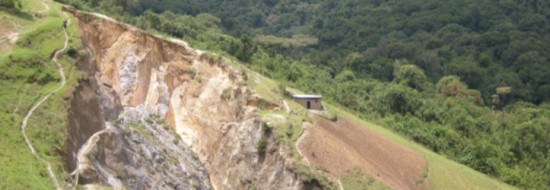
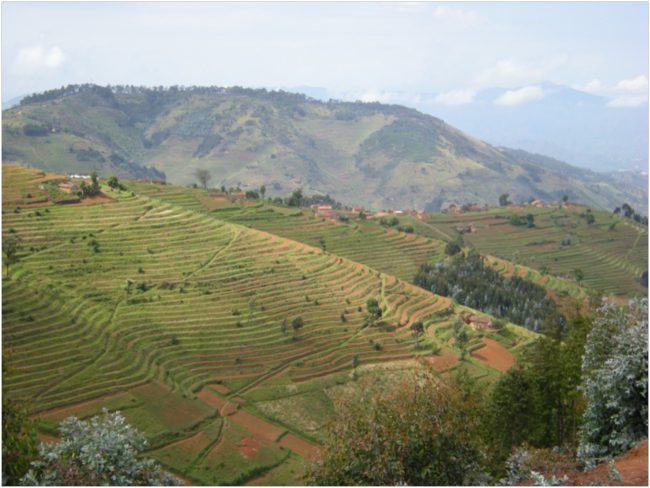
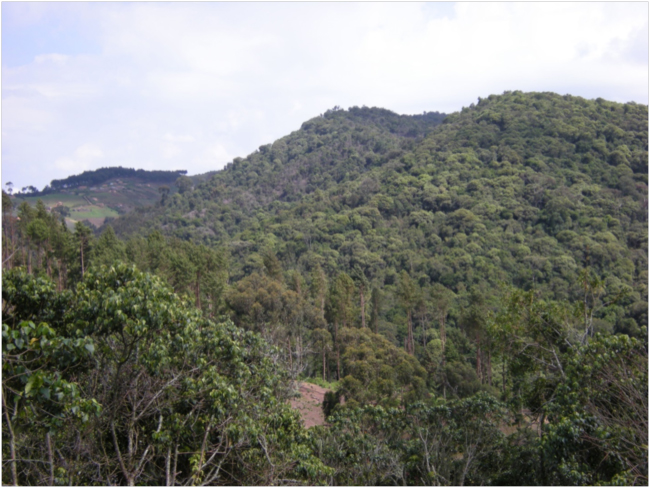
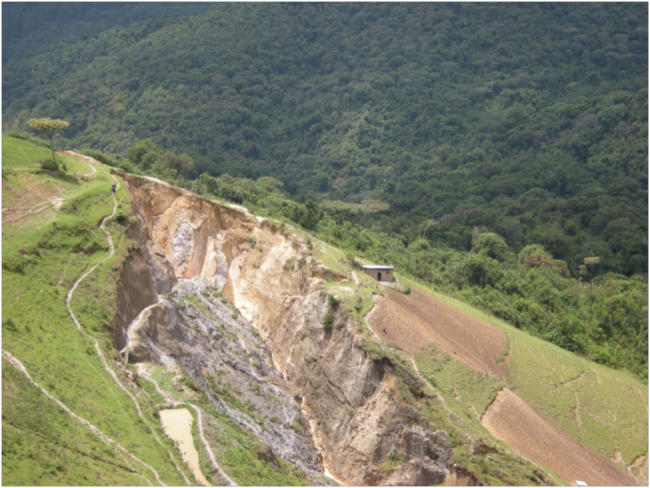
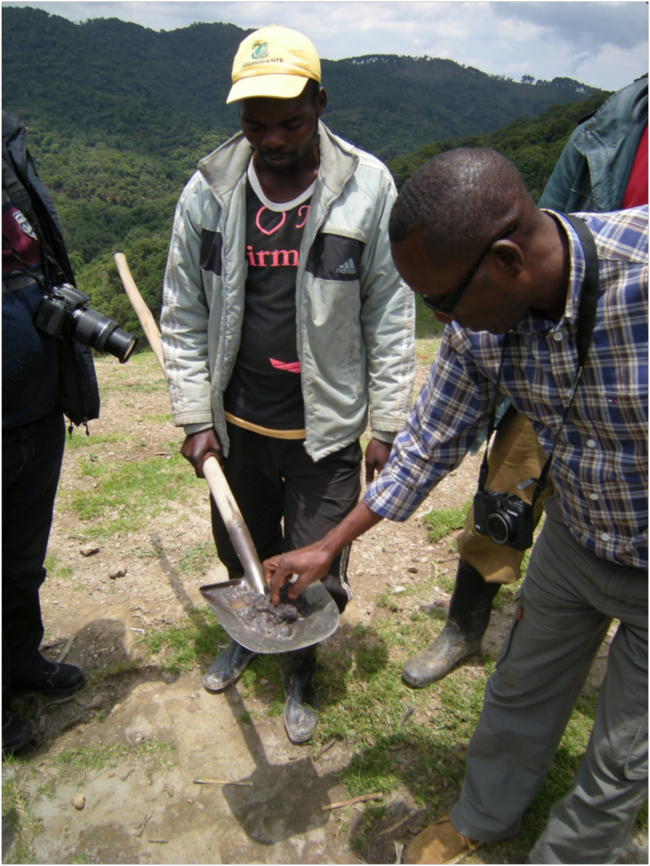
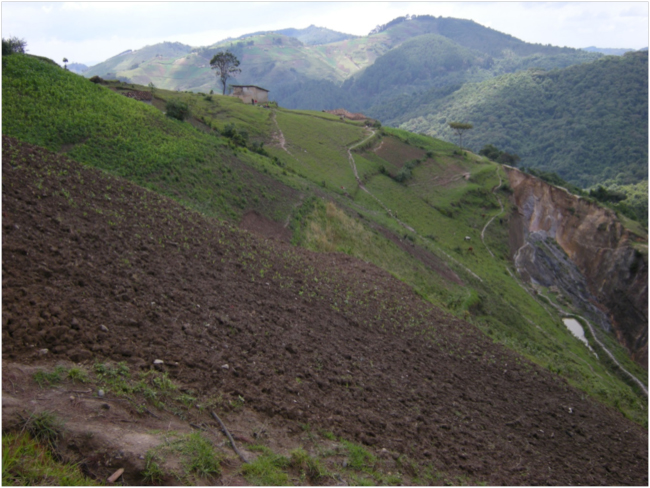
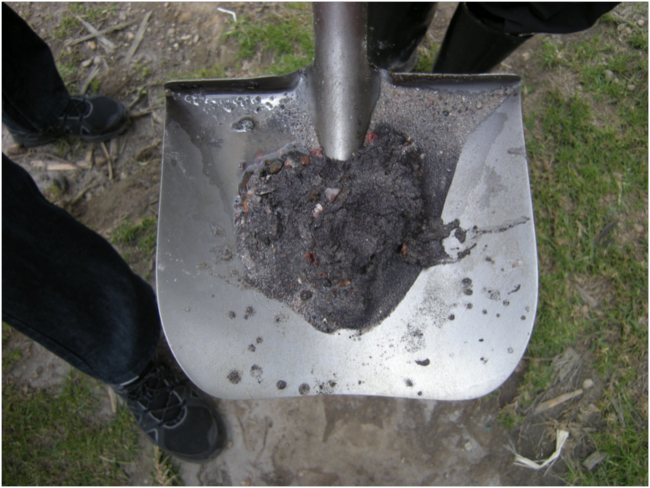



January 5, 2015 2:54 am
Bruce, for techi. info on coltan, call up Google Scholar and put in ‘contan in rwanda.’ This will give you access to science papers and other papers from other disciplines.
I would if contour farming would be a solution for eroding Rwandan hill sides, as written about by Hugh Bennet?
Dewey